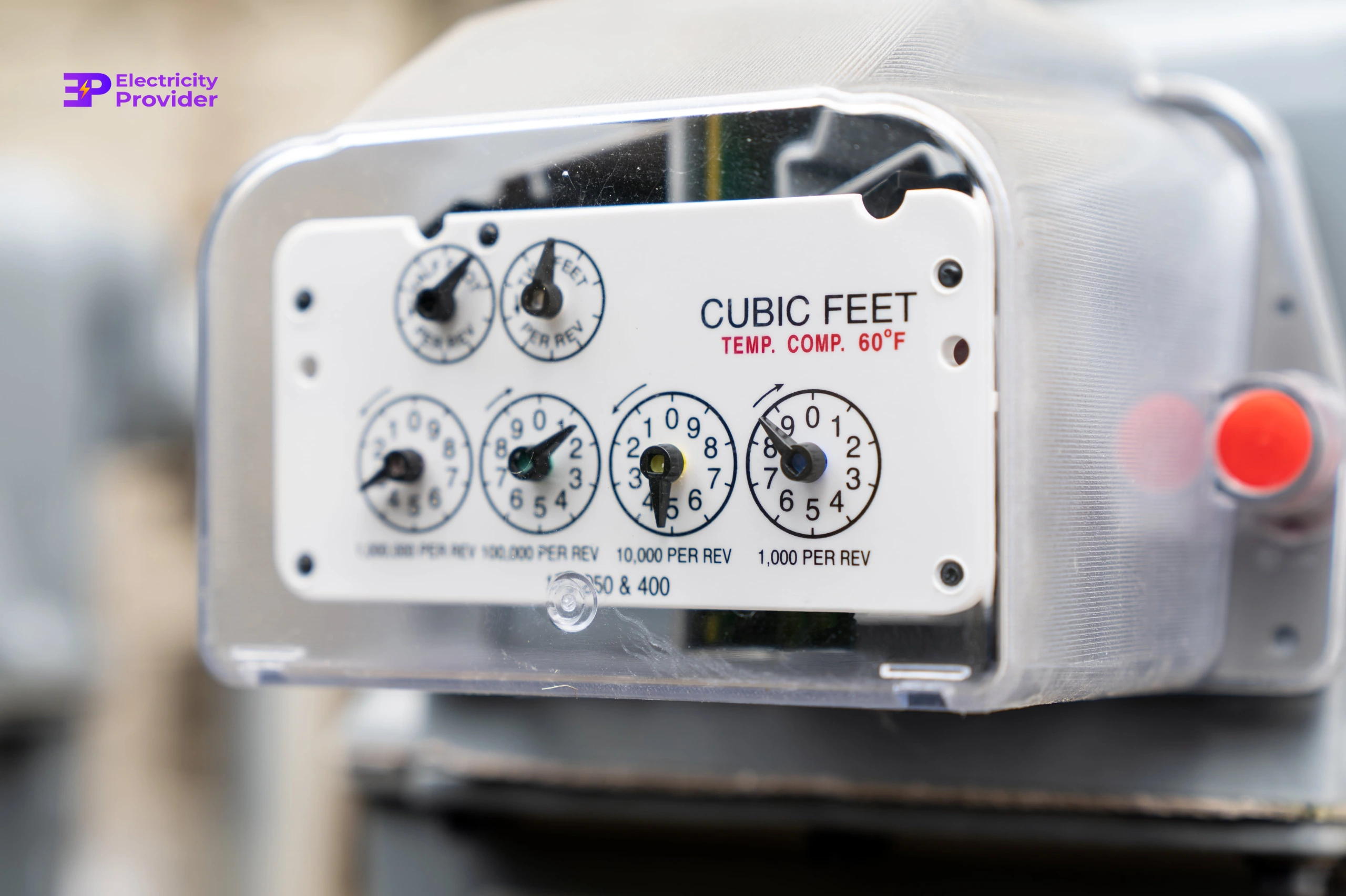This guide covers everything you need to know about the types of gas meters, how to read them, and what to keep in mind for accurate billing.

Published on 05/02/2025
By Pallav Verma
Gas Comparison
Gas meters play a crucial role in both residential and commercial properties by recording gas consumption. Whether you’re setting up utilities for the first time, ensuring accurate billing, or simply trying to better understand your energy usage, knowing about the types of gas meters available in Australia is essential. This guide covers everything you need to know about the types of gas meters, how to read them, and what to keep in mind for accurate billing.

There are two primary types of gas meters used in Australia—Imperial Gas Meters and Metric Gas Meters. Both have unique features and benefits depending on your property’s requirements and age.
Imperial gas meters measure gas usage in cubic feet and are commonly found in older Australian homes. These meters are being phased out but may still be operational in some properties.
Features of Imperial Gas Meters
Although reliable, imperial meters lack the convenience of digital displays and are more complex to read.
Metric gas meters are the newer standard in Australian homes and business properties. These meters measure gas consumption in cubic meters and provide a much simpler way to access and interpret data.
Features of Metric Gas Meters
Metric meters simplify the process of understanding and managing gas usage, making them a better fit for modern households.
In Australia, gas distributors send representatives to read meters every three months. However, in some states, customers can submit their own readings online to avoid estimated bills. Accurate readings ensure your bill reflects actual usage.
How to Read Your Meter:
The location of your gas meter will vary depending on your property type. Here are some general guidelines to help you locate it:
If you’re still unsure, your landlord, building manager, or energy distributor can guide you.
Every gas meter in Australia has a unique identifier that links it to your property and energy account. There are two key identifiers to be aware of:
Be sure to provide the right meter numbers during energy set-up to avoid billing errors.
While the types of meters are consistent nationwide, there are slight variations in meter identification and infrastructure across states:
Additionally, gas meter locations can vary depending on property type:
Reading your gas meter ensures accurate billing, particularly in cases where estimated readings are used by retailers. The method varies based on the meter type.
Reading Tip
Always ensure there’s clear access to your gas meter when providing a reading. Keep shrubs trimmed, gates unlocked, and pets restrained to allow authorized meter readers access.
Energy providers typically send out actual or estimated gas bills, depending on how often your meter can be accessed. Estimated bills are based on past usage if a meter reading isn’t available. To avoid discrepancies and ensure your bills reflect actual consumption, consider submitting your meter readings regularly.
Even without smart gas meters, there are effective ways to manage your gas consumption:
Regularly check your meter to track gas consumption and identify any unusual spikes.
If your provider offers a self-read option, submitting readings can help prevent estimated bills.
Use comparison tools like Energy Made Easy or Econnex to find better rates based on your consumption. Providers may offer plans tailored to your needs, including fixed-rate and pay-on-time discount options.
If your property requires a new gas meter or repairs, Australian standards ensure it’s upgraded to meet the latest regulatory requirements. Speak with your gas provider for more details.
Some energy plans may charge separate fees for maintenance, meter reading visits, or inclusive services tied to your consumption. Ensure these charges are clearly outlined in your energy contract.
Gas meter-related fees vary by provider and plan. Always check your energy contract for specific cost details.
Australia uses imperial and metric gas meters. Metric meters, which display gas usage in cubic meters, are the modern standard.
Can I still have an imperial gas meter?
Imperial meters are being phased out. If yours requires replacement, it will likely be upgraded to a metric meter.
How can I ensure my gas bill is accurate?
Provide self-readings if your provider allows it. Otherwise, make sure your meter is accessible for scheduled readings.
Are smart gas meters available in Australia?
Currently, smart gas meters are not available. However, digital metric meters with easier readability are installed in newer developments.
Why is my gas bill an estimate?
Estimated bills are issued when meter readings can’t be taken due to access restrictions or delays. Customers can submit their meter readings to adjust the bill to reflect actual usage.
How often is my meter read?
Meter readings generally occur every three months. Some customers may be asked to read their own meters during this period.
Can I choose my meter type?
Gas meter upgrades or replacements are handled by the energy distributor. Consumers cannot directly choose their meter type, but they can inquire about potential upgrades through their provider.
Gas meters—whether imperial, metric, or digital—are the foundation for accurate billing and efficient gas usage. While older imperial meters are more complex to manage, metric meters provide simplicity and reliability. Take the time to familiarize yourself with your meter type and set up habits, like submitting readings, that prevent billing issues.
By understanding your gas meter and exploring flexible gas plans, you can save on costs while managing household energy effectively. With the right tools and knowledge, gas usage doesn’t have to be complicated!



